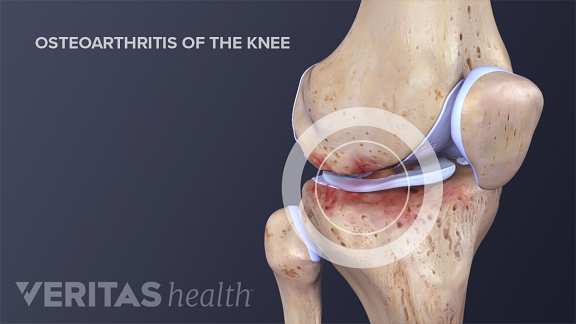
The presence of a large number of white blood cells (particularly cells called. Joint fluid added to a substance that promotes the growth of germs (such as bacteria or a fungus) may show an infection. In normal hip or knee fluid, there is a low number of white blood cells. Calcium pyrophosphate crystals mean you have pseudogout.īacteria in the joint fluid that are causing an infection may be seen under a microscope after being colored with a Gram stain (a special dye). Uric acid crystals in the joint mean you have gout. Large numbers of white blood cells may be caused by gout, pseudogout, other types of arthritis (such as rheumatoid arthritis), psoriatic arthritis, injury, or infection. Large numbers of red blood cells may be caused by bleeding in the joint from injury, inflammation, or abnormal clotting of the blood. Milky white may be caused by infection or inflammation or a condition such as gout.

A deep, dark red color may be caused by bleeding in the joint. Slightly cloudy fluid may be caused by inflammation, gout, or pseudogout. No bacteria are seen, and no organisms grow in the culture.īacteria are seen, or organisms grow in the culture. Large numbers of red or white blood cellsĬrystals (seen under a special microscope with polarized light) Some foods known to help with synovial fluid production are: Dark, leafy vegetables. This helps keep your joints healthy and might help lower your joint pain. No large numbers of red or white blood cells Eating foods that are good for your joints can help your body produce more synovial fluid. The results from a culture usually take a few days. The results of a joint fluid analysis are usually ready the same day. An elastic bandage may also be wrapped around your joint, such as your knee, to reduce swelling. It can help keep fluid from building up again.Ī tight (pressure) bandage will be placed over the site to reduce swelling and bruising. A cortisone shot may be given into the joint before the needle is removed. Materials and methods: The files of 41 patients with tibial plateau fracture were reviewed retrospectively. Samples of the fluid may be put in special tubes or containers and sent to the lab. Purpose: To determine if fluid-fluid levels on horizontal-beam radiographs of posttraumatic knee joints always represent lipohemarthrosis. A syringe attached to the needle is used to remove a sample of joint fluid. For young children, a sedative may also be given.Ī long, thin needle is slowly inserted in the joint area. But your joints also consist of tissues that have various purposes: Bursas.
#Bloody fluid in knee joint skin#
A local anesthetic is often injected into the skin over the joint. The skin over the joint area will be cleaned with antiseptic solution.

Your doctor may use ultrasound to guide the needle placement. Your doctor will examine the joint to find out where the needle should be inserted.

You will sit or lie down on an examining table. Depending on which joint will be examined, you may be asked to undress and put on a hospital gown. Joint fluid analysis can be done in your doctor's office, clinic, operating room, or emergency room.


 0 kommentar(er)
0 kommentar(er)
